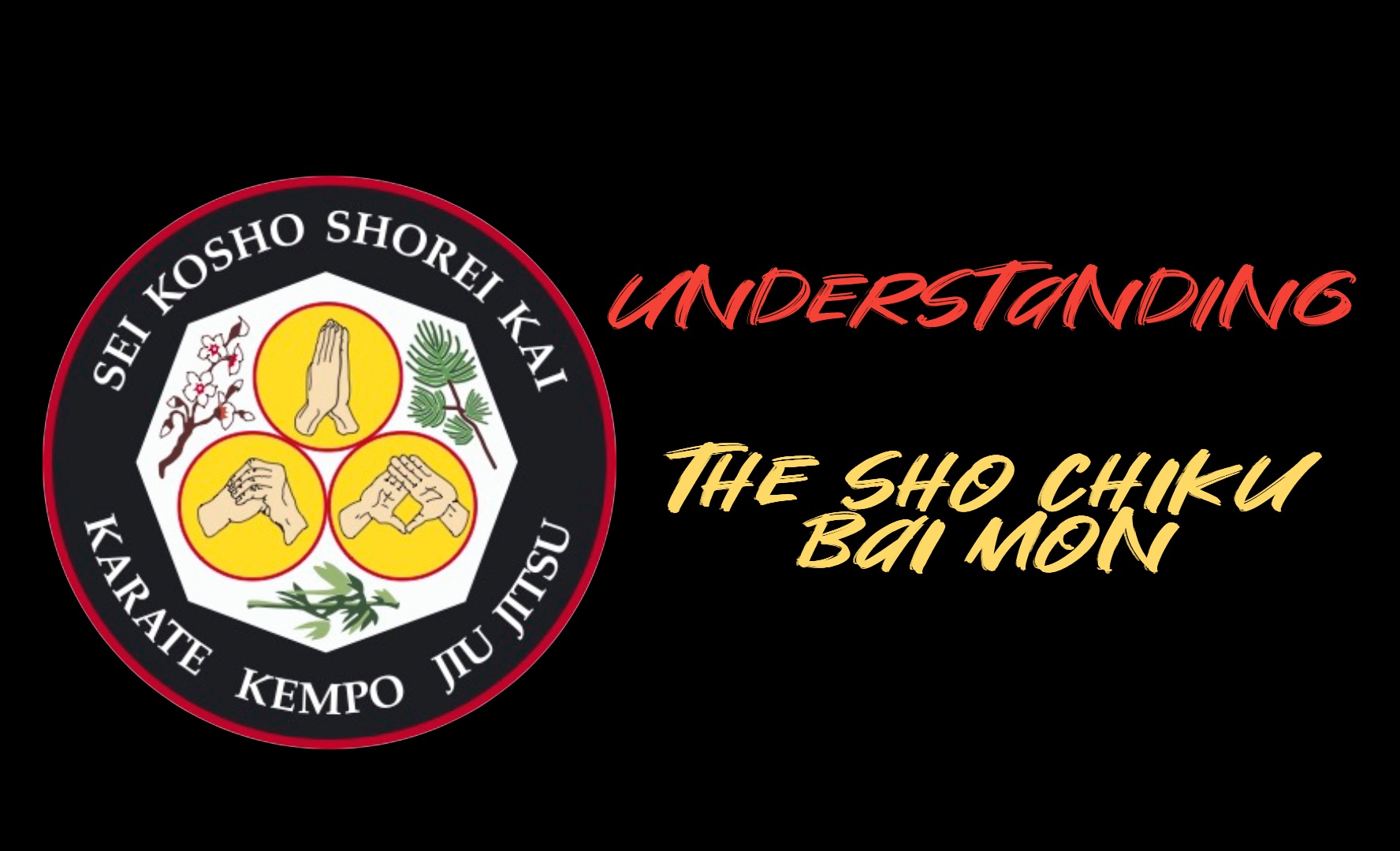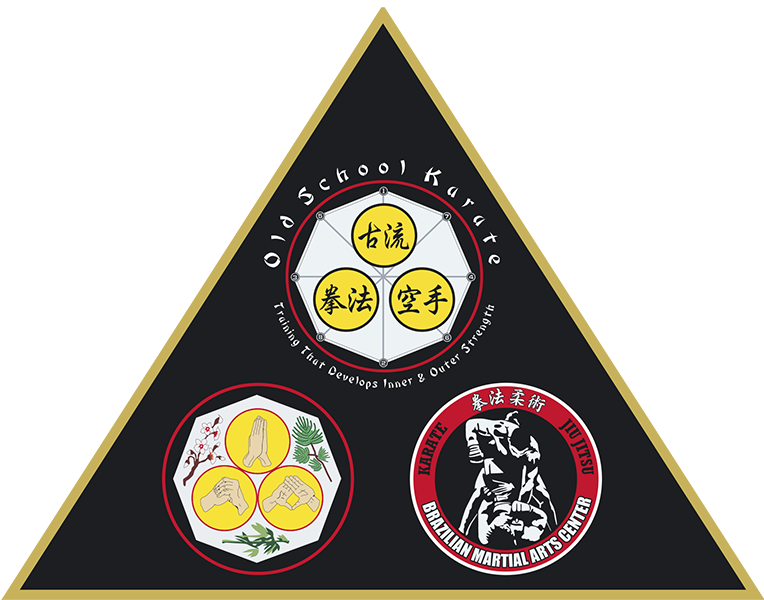
The Sho Chiku Bai Mon, also known as the Pine, Bamboo, Plum Crest, or the Crest of Kosho Ryu Kempo introduced to Americans by James Mitose in the 1940’s in Hawaii, serves as the fundamental foundation of study for all Kosho Ryu practitioners and traditional martial artists alike. This crest is deeply rooted in history, with elements dating back over 750 years, giving it a significant historical significance that modern crests lack.
There are three distinct ways to interpret the meaning of the crest, and these interpretations are taught in order of importance within the practice of Kosho Ryu:
- Spiritual and Philosophical Study: The most crucial aspect of the crest lies in its spiritual and philosophical significance. By delving into this study, practitioners develop a profound understanding of their relationship with the environment and themselves, particularly in the context of potential conflicts. Recognizing our responsibility for our actions as human beings becomes an essential guiding principle.
- Physical Study: The second representation of the crest revolves around the physical study. This aspect emphasizes the importance of avoiding direct physical conflicts with others. Practitioners learn to manipulate body movements and positions skillfully to evade harm. This art of non-confrontation and non-violence is considered the highest level of physical study in Kosho Ryu, encouraging practitioners to prioritize doing no harm to others.
- Study of Destructive Arts: The third and final representation involves the study of destructive arts. This aspect is considered the most important, yet also the least important. The focus here is on techniques used only as a last resort when all other options have been exhausted, and there is no alternative to protect oneself or others as true self defense in the purest form would mean no body contact.
Kosho Ryu is deeply rooted in philosophical principles, originating from the study of Zen Buddhism. Zen emphasizes self-awareness in relation to nature, oneself, the surrounding environment, and others. By understanding the philosophy of Zen, practitioners gain awareness of their surroundings and themselves, making the study of the Sho Chiku Bai crest of utmost significance in Kosho Ryu.
Ultimately, the Sho Chiku Bai Mon serves as a powerful symbol guiding practitioners to strive for harmony, non-violence, and a deeper understanding of themselves and their surroundings. As they delve into the philosophical aspects of the crest and the teachings of Kosho Ryu, practitioners are better equipped to navigate conflicts peacefully and responsibly, embodying the essence of this timeless martial art.
Shihan Bill – Old School Karate Academy of Peabody
